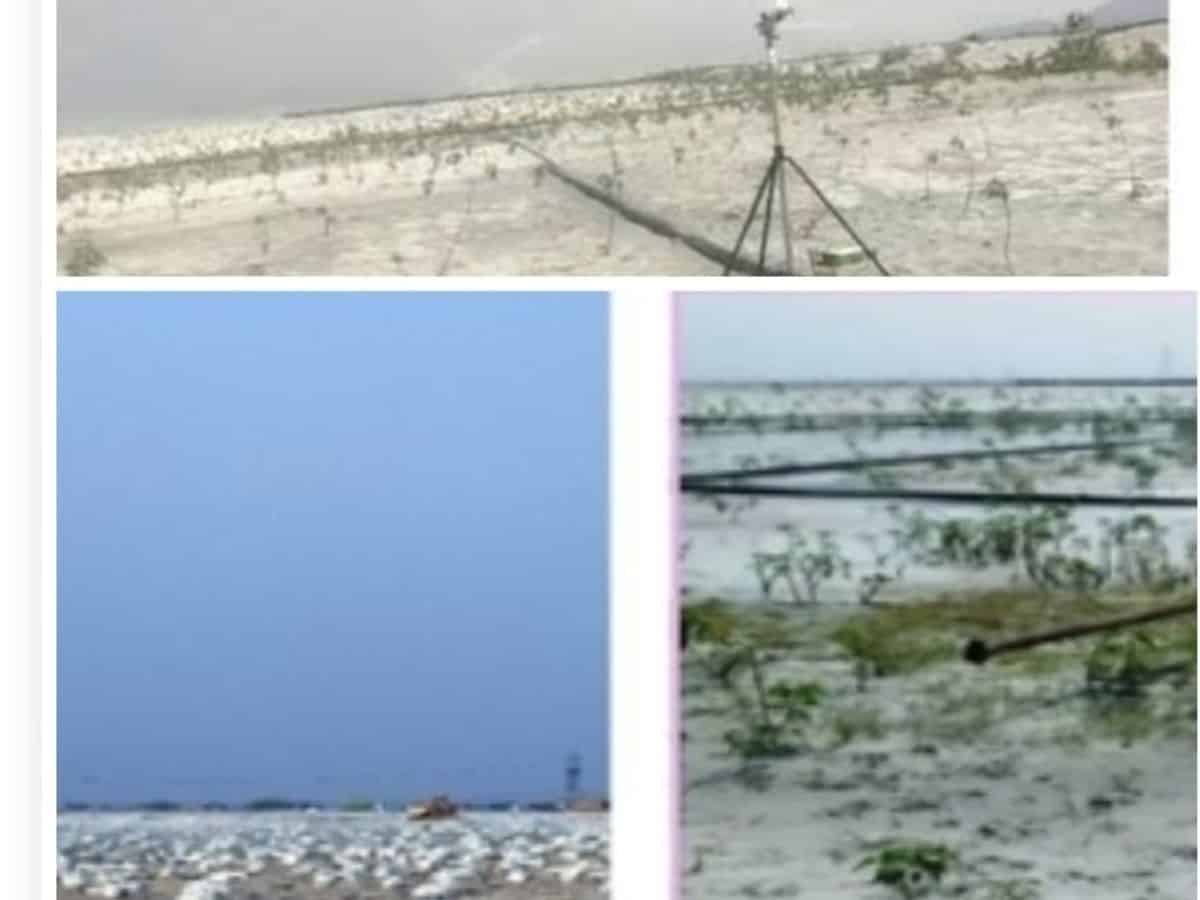NTPC Sipat implements advanced technologies to minimize dust emissions in ash dam area
NTPC Sipat is a coal-based power plant, where fly ash is generated as a by-product during power generation. Ash, which is a by-product of coal combustion, comes under two categories, bottom ash and fly ash.

NTPC Sipat implements advanced technologies to minimize dust emissions in ash dam area
NEW DELHI- NTPC Sipat is a coal-based power plant, where fly ash is generated as a by-product during power generation. Ash, which is a by-product of coal combustion, comes under two categories, bottom ash and fly ash.
Various researches are being done by NTPC to increase the ash utilization to 100% and NTPC Sipat is also taking several innovative initiatives to increase the ash utilization, which includes Light Weight Aggregates (LWA), Ash to Sand Project, Geo Polymer Concrete Road and Nano Concrete Aggregate (NACA) and ash brick manufacturing plants have been set up.
This initiative was taken for the first time in NTPC to promote the use of fly ash in various construction industry so that useful soil/stone can be reduced to a great extent i.e. stop digging of topsoil for manufacture of bricks and Use of fly ash can be promoted.
In addition, NTPC Sipat is also striving to increase ash utilization in a big way with setting up of rail loading facility for loading ash into railway wagons and sending ash in bulk. The company has also signed a Memorandum of Understanding (MoU) for ash (backfilling/stoing) in an abandoned coal mine at Manikpur Korba.
Apart from these, NTPC Sipat supplies fly ash to NHAI projects like Bilaspur-Pathrapali and Raipur-Kodebad. Presently, it is supplying ash to Raipur-Dhamtari, Bilaspur-Urga, and Raipur-Visakhapatnam NHAI I projects.
NTPC Sipat has 3 Ash Dykes. Various initiatives are being taken to control the fugitive dust emissions in these areas. The main ones are the use of fog cannons to prevent ash dust, besharam tree plantation to prevent soil erosion, installation of the sprinkler system to take discharge from ash water recycling pipes, covering ash surface with a tarpaulin sheet, and wind barriers. Establishment of ponds etc.
Ash is transported by covering tarpaulin in the vehicles engaged in the transportation of ash from the ash dam, along with a continuous sprinkling of water on the transportation route to prevent dust and ash from flying. So that the surrounding environment can be kept clean.
The water level in the lagoon is maintained to keep the maximum surface of the lagoon submerged and tankers are also proposed to sprinkle water on the open surface of the lagoon to keep the surface moist.
Recently, on continuous follow-up by NTPC, CECB (Chhattisgarh Environment Conservation Board) has allotted open cast mines of 4.99 LMT and 48.9 LMT to NTPC for ash dumping at Bishrampur and Dugga mines respectively. Thereafter, activities like environmental studies for ash filling in these mines at the earliest, enhancing PR (Performance Ratio) for RCR mode of ash transportation, signing of MoU, etc. have been initiated.
With these efforts, various efforts being made by NTPC Sipat to achieve the target of ash utilization, comply with MOEF notification, and promote ash utilization on all fronts will yield fruitful results.